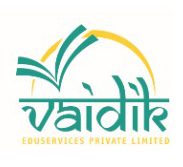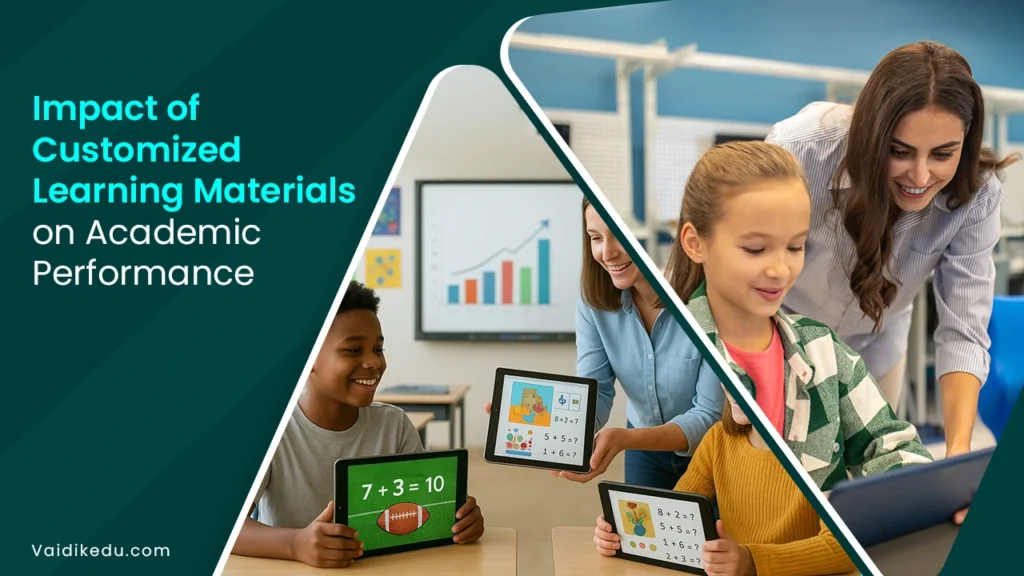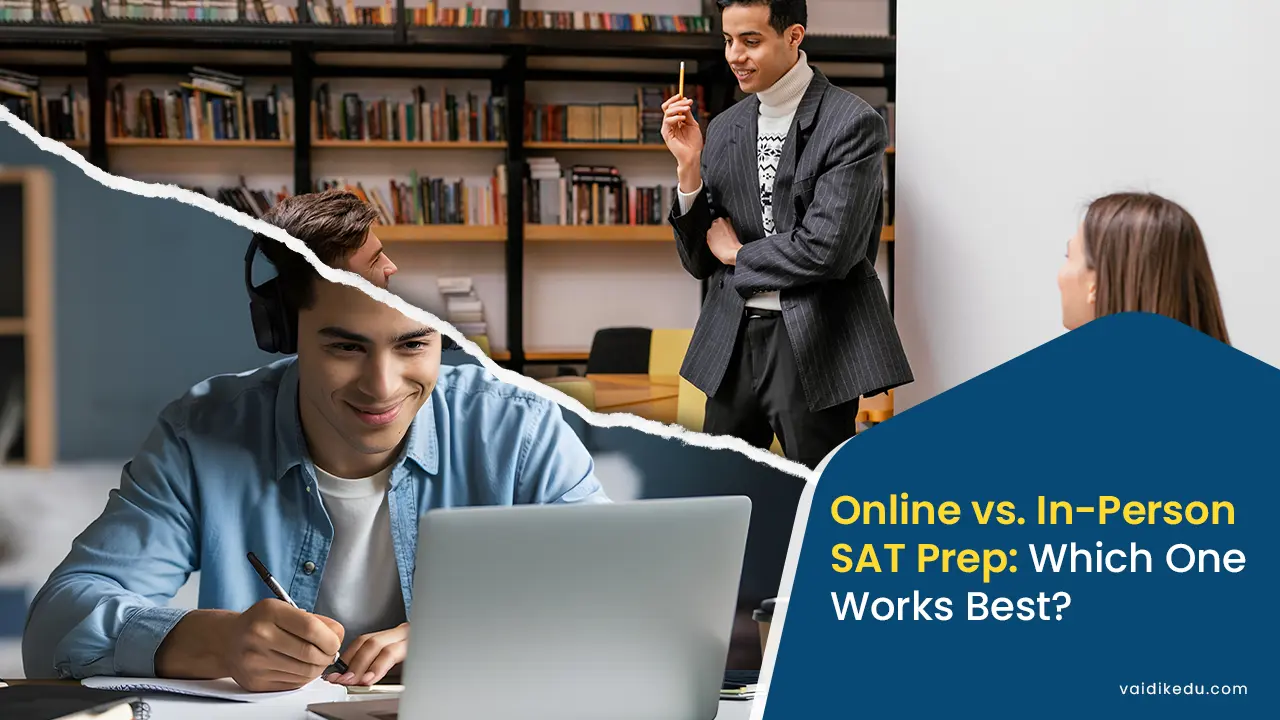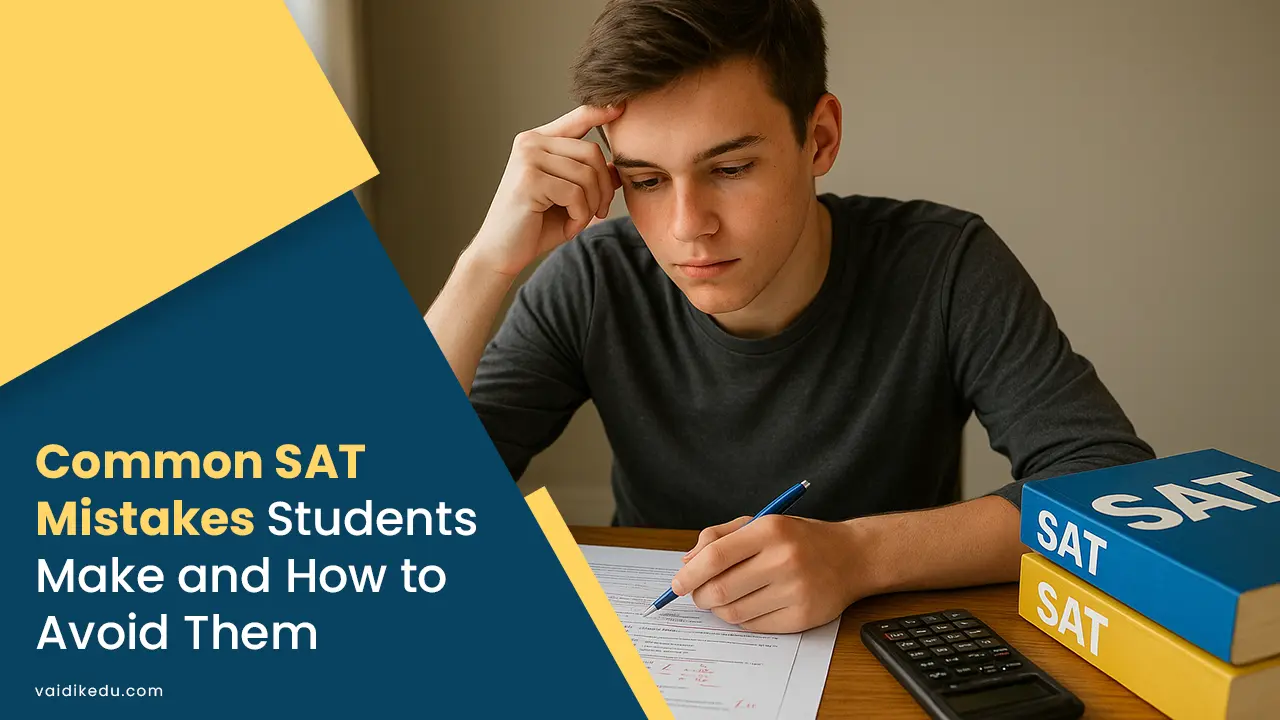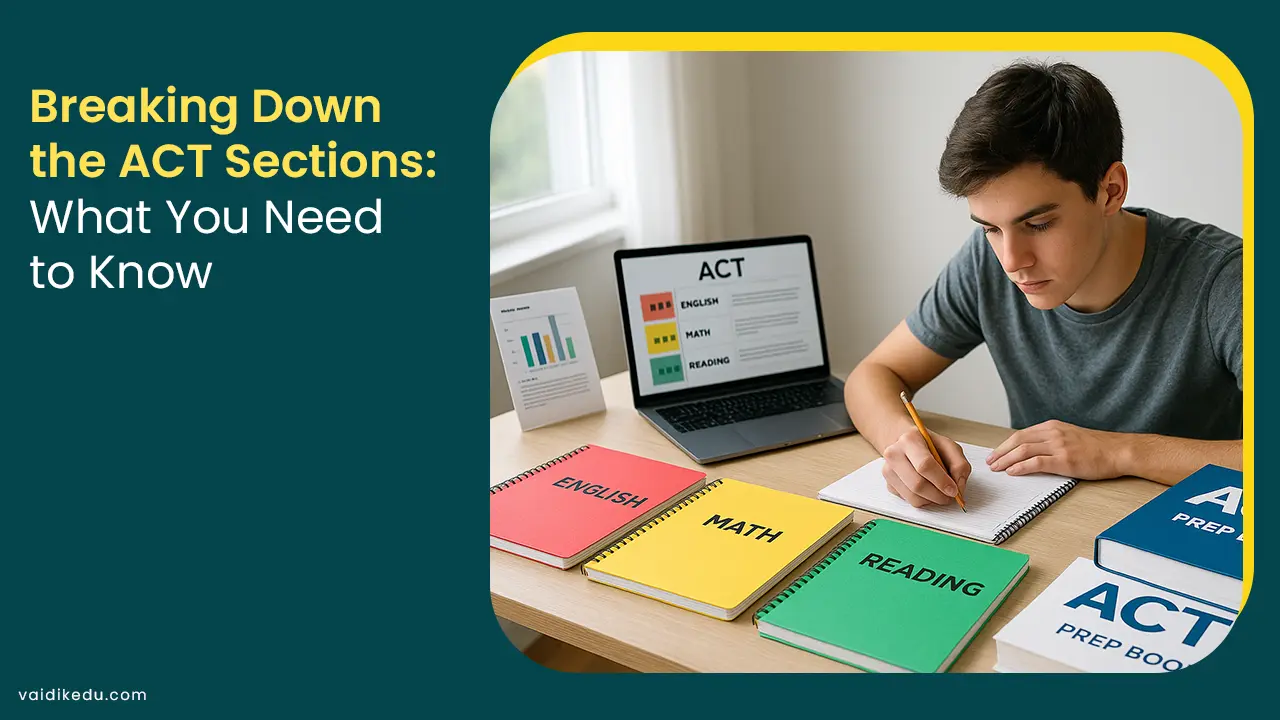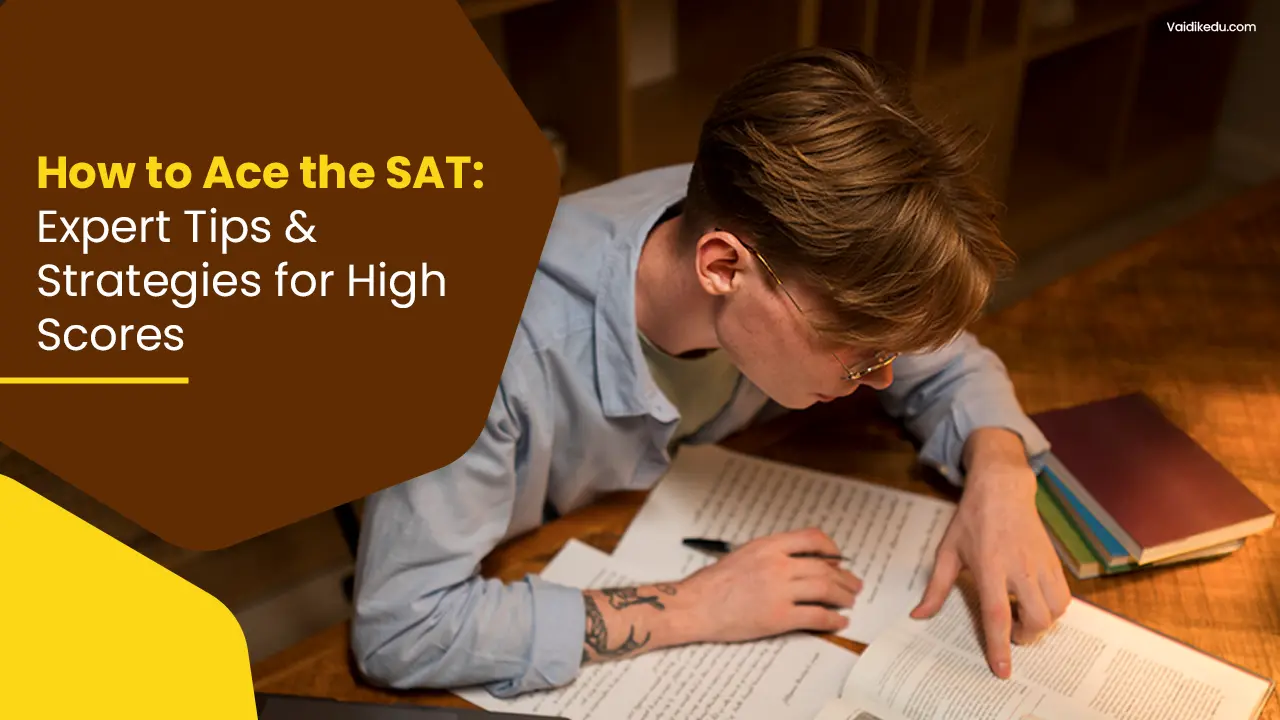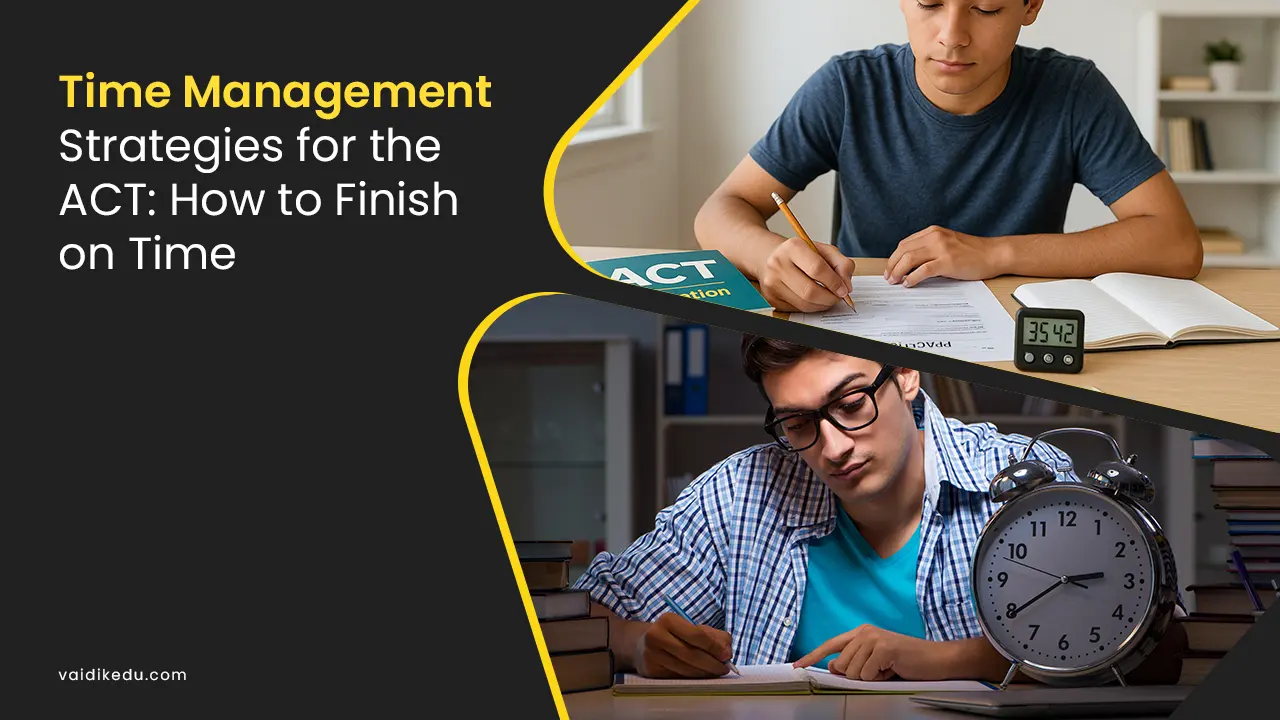Considering the ever changing landscape of Education Commerce, the need for teachers to fit all students under the same presumption is a silly argument. The textbook and resources that need to be mastered are learning materials and factors such as learning styles, backgrounds and, most importantly, the students’ needs should be taken into consideration, which is where the education system falters.
Individualised group materials are set for a selection of students according to their needs. And these include, but are not limited to: learning resources that encourage further understanding or materials that produce better class attendance, as well as improves students test results.
The Need For Customized Learning Materials:
No two students are alike in a classroom. Every student has a different pace, learning style, and level of understanding. Traditional teaching methods often rely on standardized materials that do not address these differences. The education gap is a reflection of the need for customized learning materials.
Learning materials are customized to address the needs of a particular student. For example, a person who is visually oriented may use infographics or videos, but a kinesthetically inclined student may only understand through practising activities and demonstrating real-life experiences. Learning resources which are aligned according to a learner’s preference or ability can easily be used as an effective inclusive learning environment.
Customised material will help bridge the gap in learning skills between students, especially those from different socio-economic and cultural backgrounds. They will help students at points where they feel that they are left behind by the rest of the class. Personalized resources can increase student engagement and academic outcomes for the ring student engagement in this age of technology-driven education.
In the age of more technology-driven education, personalized resources can utilize tools such as AI, gamification, and adaptive learning platforms to further increase student engagement and academic outcomes. This not only empowers students to take ownership of their learning but also helps educators deliver more impactful lessons. The need for customized learning materials is obvious: they are a step toward making education more equitable, engaging, and effective for all learners.
How Customized Learning Materials Impact Academic Performance:
The introduction of tailored learning resources is a revolutionary advancement in the sphere of education due to customization toward student’s diverse needs. Customized is a strategy with practical results rather than just a buzzword in relation to improved academic performance. Here is why:
1. Personalized Learning Experience: Materials are created to address Individual strengths, weaknesses, and learning styles. For instance, a student who is weak in math can be aided by using tools for interactivity in solving problems. At the same time, advanced reading materials can challenge another good in language arts.
2. Enhanced Engagement And Motivation: When students use materials that relate to their interests or learning styles, they are more likely to be engaged in the material. Engaged students are motivated learners, so they perform better in assessments and homework assignments.
3. Improved Retention And Application: Customised Resources help students understand complex concepts by leading the presentation of ideas in manageable ways. Whether it’s from visual media, examples based on real life, or engaging exercises, this material aids the retention and application of what has been learned.
4. Improving Teacher-Student Interaction: With Students, customised study materials will help teachers track individual development more effectively. Thereby, she will be able to give appropriate and real time feedback with a suitable teaching approach and create a collaborative and supportive environment.
5. Improved Self-Esteem And Academic Achievement: A good resource, created especially for students, helps them gain confidence and thus better performance in tests, assignments, and more academic activities.
Personalised Learning materials improve not only academic performance but also inculcate the love for learning in the process of addressing the specific needs of the student. It is opening the way for a much more inclusive education system.
Challenges in Implementing Customized Learning Materials:
Though the customized learning material has its merits, its implementation also has its challenges. These problems often arise due to the requirements of students being diverse, personalization being a complex process, and resources are limited. Below are some key challenges:
1. Time-Intensive Process: Developing customized learning materials is time-consuming and labor-intensive for educators. From the assessment of individual student needs to the designs and curation of personalized content, the process can be overwhelming, especially in large classrooms with diverse learners.
2. High Cost of Development: Developing curricula also costs money. To create custom curriculum materials, a school might have to buy some special software or digital tools or hire experts from outside to develop it. This may not be an easy task for budget-constrained institutions.
3. Lack of Teacher’s Training: Not all educators have the expertise. Our capacity to develop or execute tailored learning resources. A deficit in the knowledge to develop and apply such learning resources might make customising impossible to achieve effectively.
4. Technological Challenges: Although technology plays a key role in customization devices, good Internet and quality software are not provided to all schools equally. In unprivileged areas, students might be deprived of customised resources due to such differences.
5. Scalability Issues: It is not easy to scale customised learning solutions for a large number of students. The more learners there are, the more difficult it becomes to ensure the quality and relevance of personalised content.
6. Change Resistance: Educators, parents or administrators may be resistant to adopting customised learning in place of the traditional approach to lack of knowledge. Scepticism or comfort in their familiar practices.
6. Balancing Standardised Curriculum And Customization: Educational institutions often need to follow standardised curriculums and assessments. It becomes challenging for teachers to balance meeting these requirements and incorporating customised materials.
7. Validation of Content Authenticity And Appropriateness: Constant effort must be made to create customised material that is error-free, updated, and consistent with the set learning objectives; otherwise, mistakes or outdated information can have adverse effects on students’ learning.
Challenges in the implementation of customised learning material are very high but not impossible to overcome. This can be achieved through proper teacher training using affordable technology.
And through collaboration among school stakeholders. Fulfilment of all such challenges is necessary for unlocking the true potential of personalised education so that equality remains for each individual learner.
Conclusion:
Customised learning materials are a powerful tool in modern education, offering personalised solutions that cater to the diverse needs of students by enhancing engagement, improving retention and boosting academic performance.
They create a learning environment where every student can thrive. However, implementing these materials comes with challenges, including time constraints, cost and technological barriers.
Despite these difficulties, the advantages of personalized learning materials outweigh the disadvantages. Technological advancements, improved teacher training, and improved teamwork among educators and institutions can effectively solve these problems.
Frequently Asked Questions
Customised learning materials are educational resources tailored to meet the specific needs, abilities and learning styles of individual students. These materials can include personalised worksheets, interactive tools, videos and digital content that address specific gaps or strengths in a student’s learning journey.
Customised materials enhance academic performance because they reflect a student’s unique learning style, making it easier to learn and retain. They enhance student engagement, allow for targeted support in weaker areas, and allow students to progress at their own pace toward better learning outcomes.
This allows the incorporation of technology that is pivotal for streamlining educational design and delivering processes by tailoring to personalised content, the needs of which can be recognised with adaptive learning platforms, AI, Gamified Learning apps, and data analytics, all leading towards individual solutions.
Yes, customised learning materials can prove to be really helpful for learners of all age groups, including primary school children and higher education students. Such materials can easily be modified as per the learner’s developmental as well as academic requirements, thus maintaining effective engagement along with improved performance at all levels.


